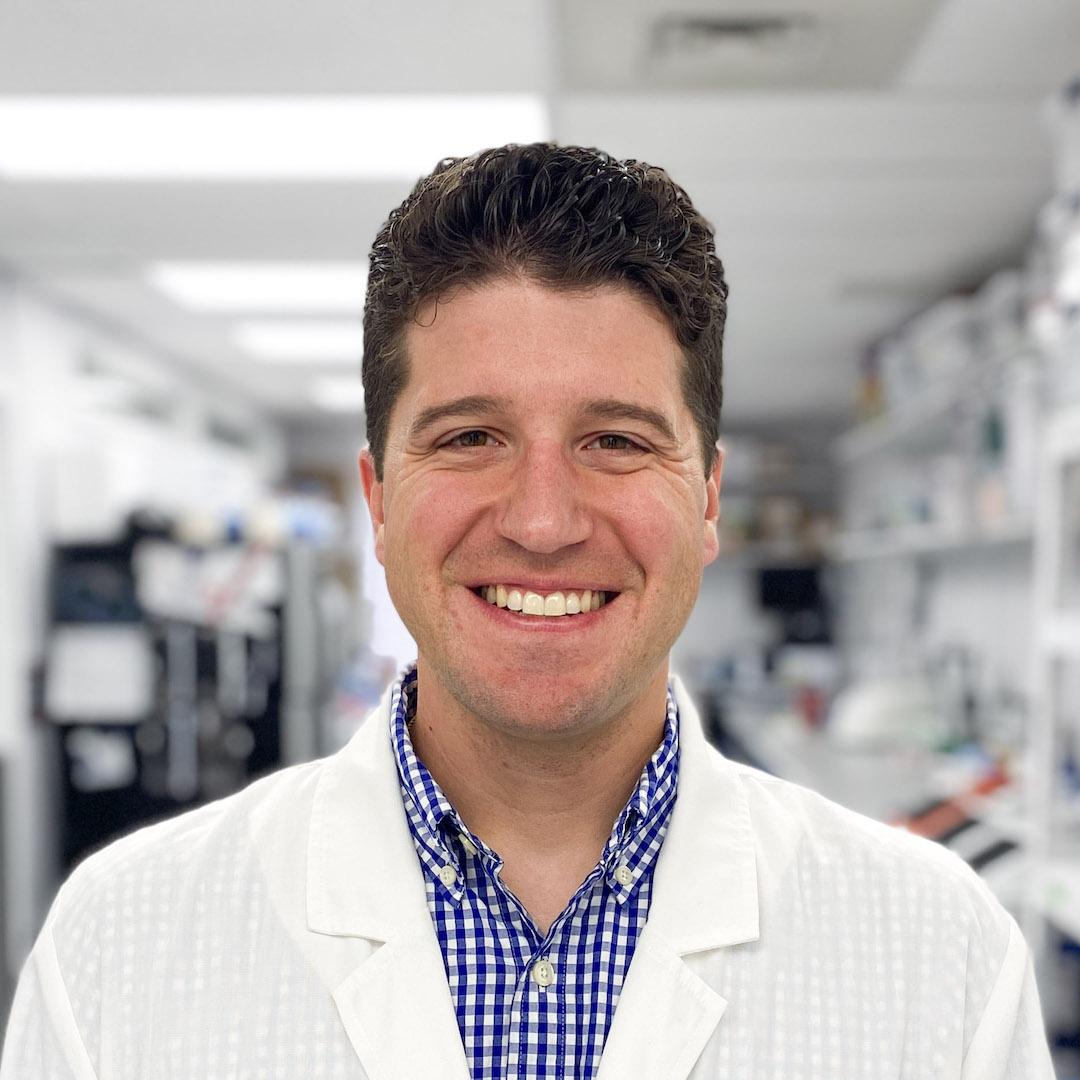Written by Ben Capozzoli, DeNovix Application Scientist
Acridine Orange and Propidium Iodide (AO/PI) comprise a well-characterized combined cell viability stain in which Acridine Orange (AO) stains live cells green and Propidium Iodide (PI) stains dead cells red. Understanding the mechanisms of action of AO/PI is crucial for accurate cell counts and viability, and for nuclei assessments.
Understanding AO/PI Mechanisms
- AO is actively transported into live cells, where it can interact with the nucleic acids concentrated in the nucleus and emit green fluorescence when excited with the proper wavelength of light. AO will also pass into the nucleus of dead and dying cells.
- PI is excluded from live cells by the intact cell membrane, and can therefore only enter dead or dying cells where it binds with nucleic acids in the nucleus and fluoresces red when excited appropriately.
- A FRET interaction between PI and AO quenches the signal from AO in the nucleus of a dead cell where both dyes will be present in close proximity, creating a binary answer of live or dead without a need for gating or compensation. For more details about how the AO/PI stain interacts in cells, please view technical note 197 on AO/PI Fluorescence Assay vs. Trypan Blue.
Exploring AO/PI Counting of Nuclei from Fresh or Fixed Tissues
The simple understanding of green equals alive and red equals dead in the case of cells helps to guide researchers to make important downstream decisions based on clear viability analysis. Accurate identification of live and dead cells is essential in many cell culture applications to optimize experimental outcomes. However, this well-characterized relationship of what is “good” or “bad” needs to be inverted when evaluating nuclei isolated from fresh tissues.
When processing fresh tissue into a suspension of nuclei, the red signal that used to represent dead cells (typically viewed as undesirable cells for processes where viability is important) now indicates nuclei that were successfully liberated from cells in the processed tissue. The red signal is now the desired dominant signal that researchers should expect. Likewise, the green signal that used to be “good,” representing live cells critical for downstream projects, now represents cells that survived the nuclei extraction process and did not release their nucleus.
The intact cells will interfere with the downstream library preparation steps and will not contribute valuable data to the final experiment. Minimizing the presence of green signal in fresh tissue nuclei extractions is critical for the generation of robust data sets that represent the breadth of diversity contained within the tissue, for which single-cell sequencing provides unique insight.
Utilizing the AO/PI stain on the CellDrop Automated Cell Counter in combination with the intuitive software interface provides rapid insights into the specific question that a researcher needs to answer. Unlike a traditional counting chamber, the automated features of CellDrop simplify viability and nuclei extraction assessments. Whether you are seeking to more precisely characterize cell viability in your samples or more efficiently determine the extraction efficiency of a nuclei isolation, the AO/PI stain in combination with dedicated software applications enables you to best assess these questions in a reliable and reproducible manner.
If you would like to learn more about the nuances of Acridine Orange and Propidium Iodide protocols, refer to our Technical Note 184. Otherwise, contact a member of the DeNovix team today with any questions.

Ben Capozzoli
DeNovix Application Scientist
Ben Capozzoli joined DeNovix in 2019 after receiving his Master’s degree in Immunology from Villanova University. He contributes to DeNovix product development and application support with expertise in spectrophotometry, immunology, imaging, cell biology, cell counting, and nuclei isolations. Outside of the lab, Ben enjoys cycling and playing music.
Speak to a DeNovix Scientist
Have an application question, or want to learn more about our products? Click the button below to schedule a call with our team of expert application scientists!



